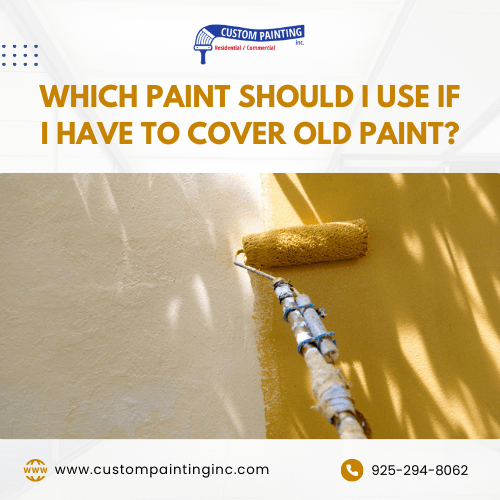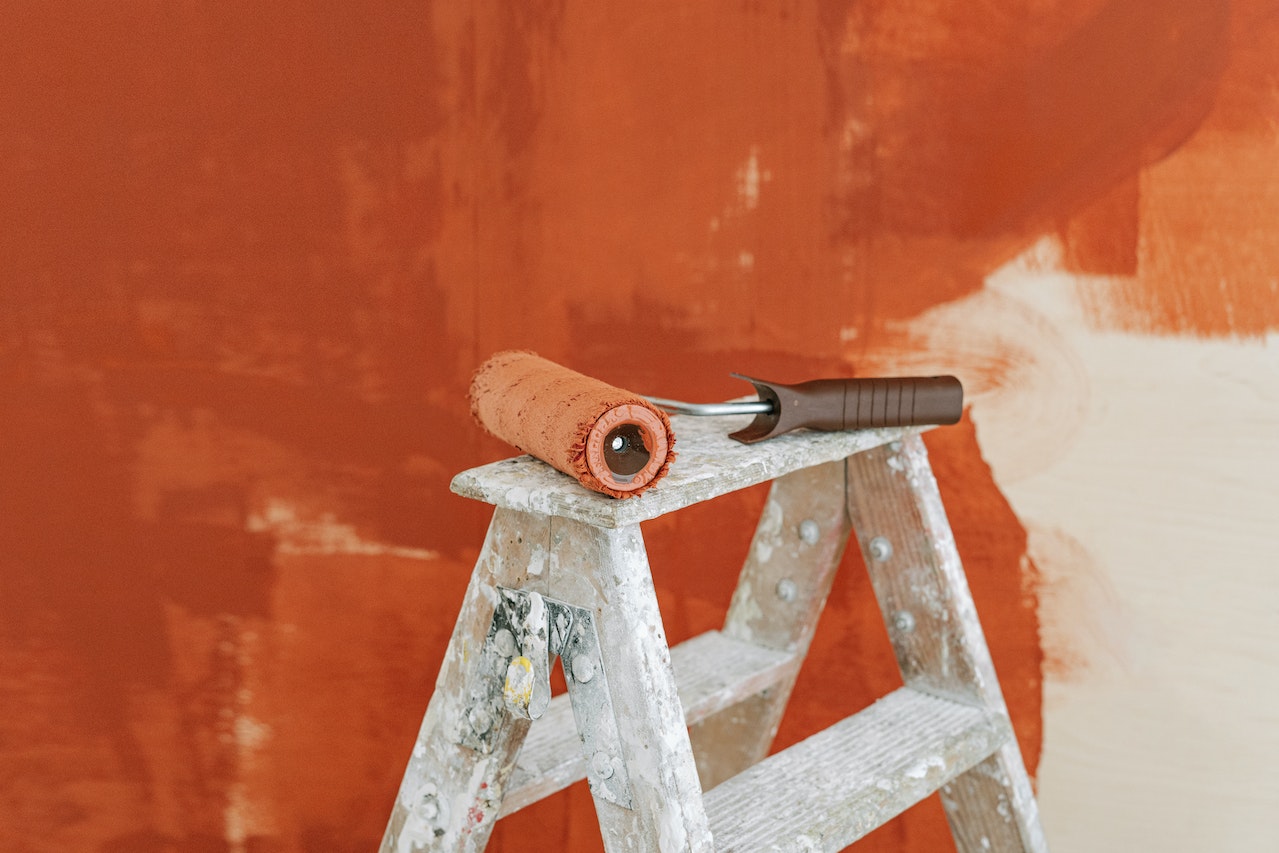There comes a time when you need to repaint your Livermore commercial building. Although it might not seem obvious, painting is crucial in protecting your business and investment. People are naturally drawn to well-maintained, beautifully painted buildings over run-down ones.
Hiring professional commercial painters in Dublin is the best choice for making your business more appealing and extending the life of your commercial building.
The Benefits of Repainting Your Business
Repainting your business offers numerous benefits:
- Enhanced curb appeal: A fresh coat of paint can make your store more inviting, helping it stand out from neighboring establishments and attracting more potential customers.
- Protection against damage: Painting the exterior helps protect against rotted wood and termite infestation.
- Maintenance of wood trim: Regularly painting wood trim prevents wood rot by sealing surfaces exposed to moisture, such as window trim, door casing legs, and fascia boards.
- Boosts workplace morale: Freshly painted walls can make an office space feel invigorating, boosting employee morale. Refreshing an old San Ramon brick commercial building can provide a sense of newness and renewal.
- Rebranding and modernization: As your business evolves, a fresh coat of paint can help rebrand and update your company’s image, making it more appealing to new consumers.
- Prevents customer turn-off: A run-down, peeling exterior can deter customers. Fresh paint makes your business look attractive, drawing in traffic and protecting the building from everyday wear and tear.
Can You Apply New Paint Over the Old Paint?
The short answer is yes, you can. However, you’d want to make sure the surface is ready for the new paint to adhere.
If you want to be sure whether the new paint will stick to the walls that are already painted, do this simple paint adhesion test:
- Cut a small “X” on the existing paint using a sharp blade or utility knife.
- Firmly press a piece of masking tape over the “X” area.
- Quickly pull off the tape.
If the paint comes off with the tape, it indicates that the current paint is unstable and should be removed.
To remove unstable paint, scrape off all flaking, peeling, or loose paint. Ensure the surface is dry and smooth before proceeding. If adhesion is poor, you may need to strip the paint by sanding, scraping, or using chemical strippers. Ensure the surface is even, smooth, and dry before moving to the next steps.
What Type of Paint Should You Use When Painting Over Old Paint?
Choosing what type of paint to use for your fresh, new coat helps identify the type of existing paint on your walls and determine whether you can paint it with latex paint.
1. Latex paint
Latex paints are the most common paint products. They are generally durable, versatile, and available in many colors and finishes.
- Can you paint latex over latex? – Absolutely. Generally, any water-based paint can be used over latex paint.
- Can you paint latex over oil-based paint? – Yes, you can. However, take the time to prepare the surface first. Sanding an oil-painted surface creates a texture that helps the new paint bond better.
2. Oil-based paint
Although latex paints are the most popular choice, some professional painters still prefer oil-based paints. Oil-based paint offers some advantages, such as durability, exceptional flow, better resistance to wear and tear, and a sleek finish.
- Can you paint oil-based paint over oil-based paint? – Yes, you can cover an existing oil-based paint with another. Make sure that the existing paint is fully cured. If the coating can be scrubbed without damaging the finish, you can paint over it.
- Can you paint oil-based paint over latex paint? – While it is possible to apply oil-based paint over the existing latex paint (especially if the surfaces are prepared and primed well), it is not advisable. Latex paints are flexible, so oil-based paints won’t stick properly to them.
Do You Need a Primer?
Most paint projects where you paint over a previously painted surface do not require using a primer. However, there are times you will need to use it, such as:
- When there are bare areas, these need to be addressed before applying primer to ensure uniform paint adhesion.
- When you have to use oil-based paint over latex, a primer is essential to prevent peeling when switching from oil-based to latex paint.
- When you have to paint light over dark colors, using a primer helps to cover dark colors more effectively, reducing the number of topcoats needed.
What are the Steps for Surface Preparation?
1. Clean the Surface
Cleaning the surface thoroughly before starting your painting project is crucial. Removing dirt, grease, and mildew ensures the new paint adheres properly and lasts longer.
For the most part, you only need to use a mild detergent mixed with water. But a trisodium phosphate (TSP) is highly effective if there’s tough grease. Use a sponge or soft brush for scrubbing, but if you need to clean large areas, especially outdoor wall areas, use a pressure washer. If you decide to use a pressure washer, set it to a low setting to avoid damaging the surface. Rinse off all cleaning agents and allow the surface to dry completely.
If mildew is on the walls, mix one part bleach with three parts water. Apply the solution with a sponge or brush and rinse thoroughly.
2. Repair the Surface
After cleaning, inspect the surface for any damage. Repairing these areas ensures a smooth and even finish. Here’s how you can remedy common issues:
- Holes and cracks: These need to be filled to make the surface even. Use spackling paste for small holes, wood filler for wooden surfaces, and masonry filler for concrete or brick. Apply the filler with a putty knife, pressing it into cracks and smoothing it out. Allow it to dry according to the manufacturer’s instructions.
- Rough areas: Start with medium-grit sandpaper (80-120 grit) for initial sanding, followed by fine-grit sandpaper (180-220 grit) for a smooth finish. Use a sanding block or an electric sander for efficiency. Then, sand the filled areas until they are level with the surrounding surface and ensure all rough spots and edges are smooth.
3. Prime the Surface
Priming is a critical step in many painting projects, although not always necessary for repainting. Here are the types of primer to consider, should you need one:
- Latex Primer: Ideal for drywall and softwoods; easy to clean up with soap and water.
- Oil-Based Primer: Great for surfaces that are prone to heavy stains, such as smoke or water damage; excellent for wood, metal, and previously painted surfaces.
- Shellac Primer: This is highly effective at blocking stains and odors and works well on wood, metal, plaster, and plastic.
Conclusion
Repainting your business can enhance its appearance, protect against damage, boost workplace morale, and support rebranding efforts. By carefully following these tips, you can ensure a durable, professional finish.
If you have any doubts or need assistance, seeking professional advice is always a good idea. Custom Painting, Inc. is always ready to provide expert assistance and a professional touch. Contact us or call 925-294-8062 to schedule a consultation or get a free estimate. Let’s make your business stand out!




